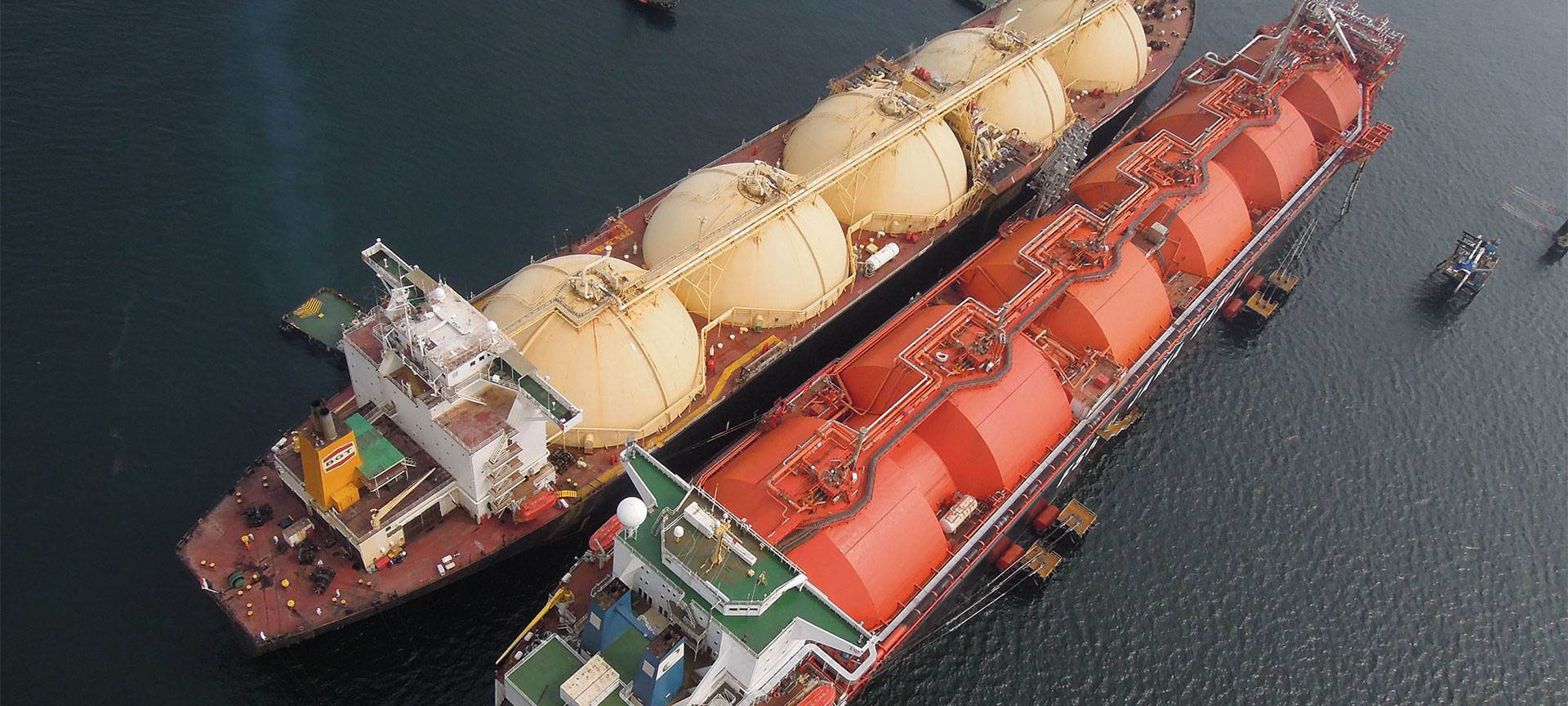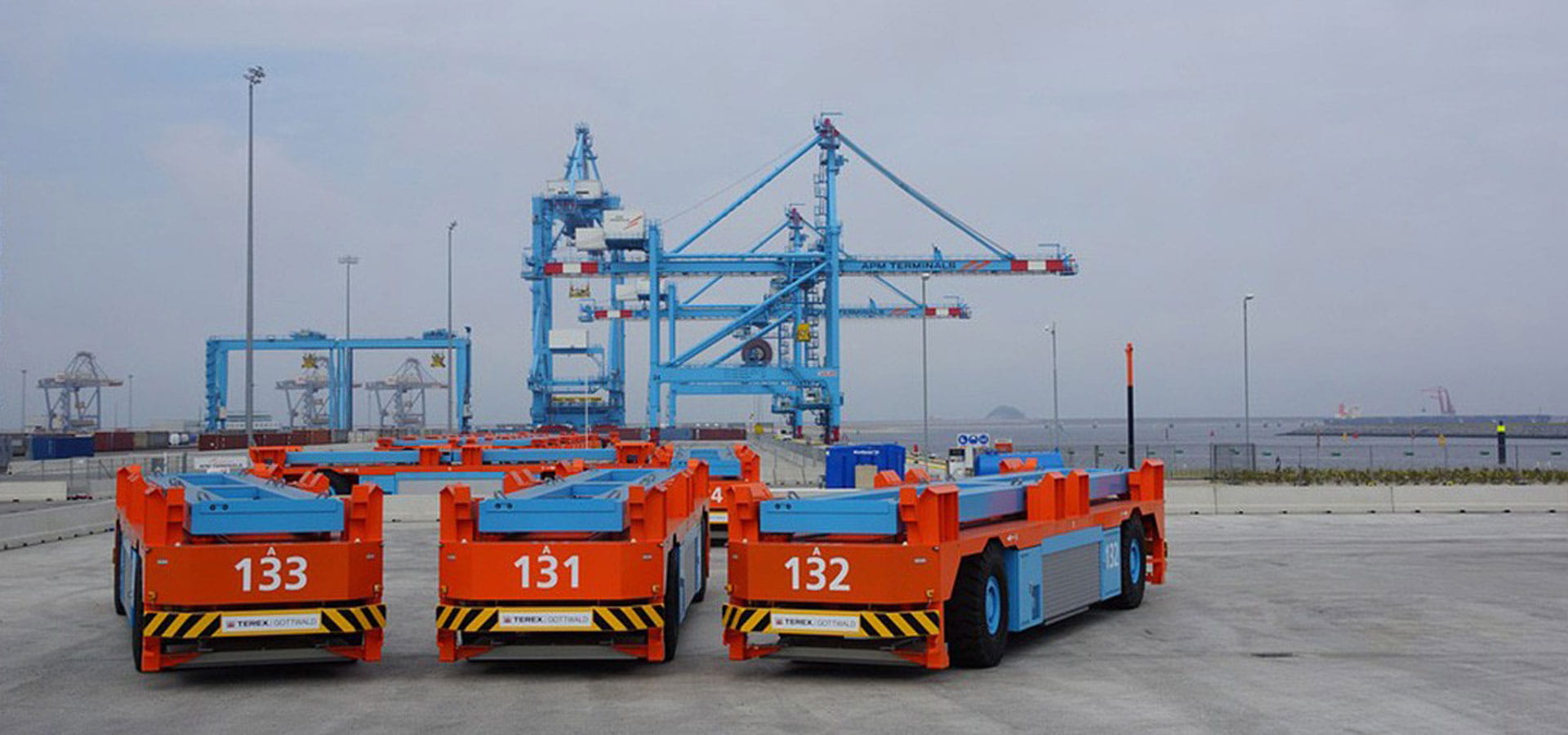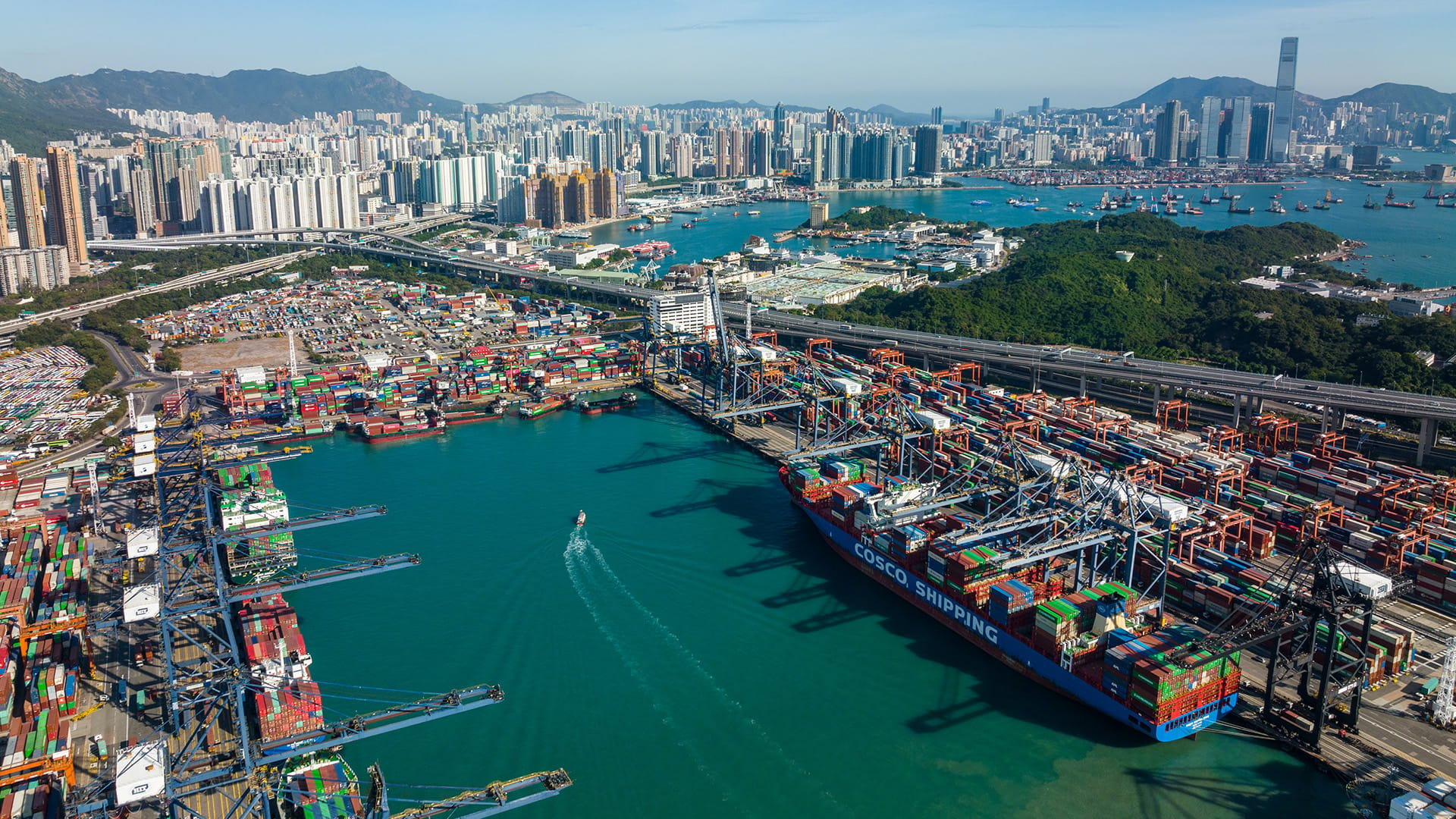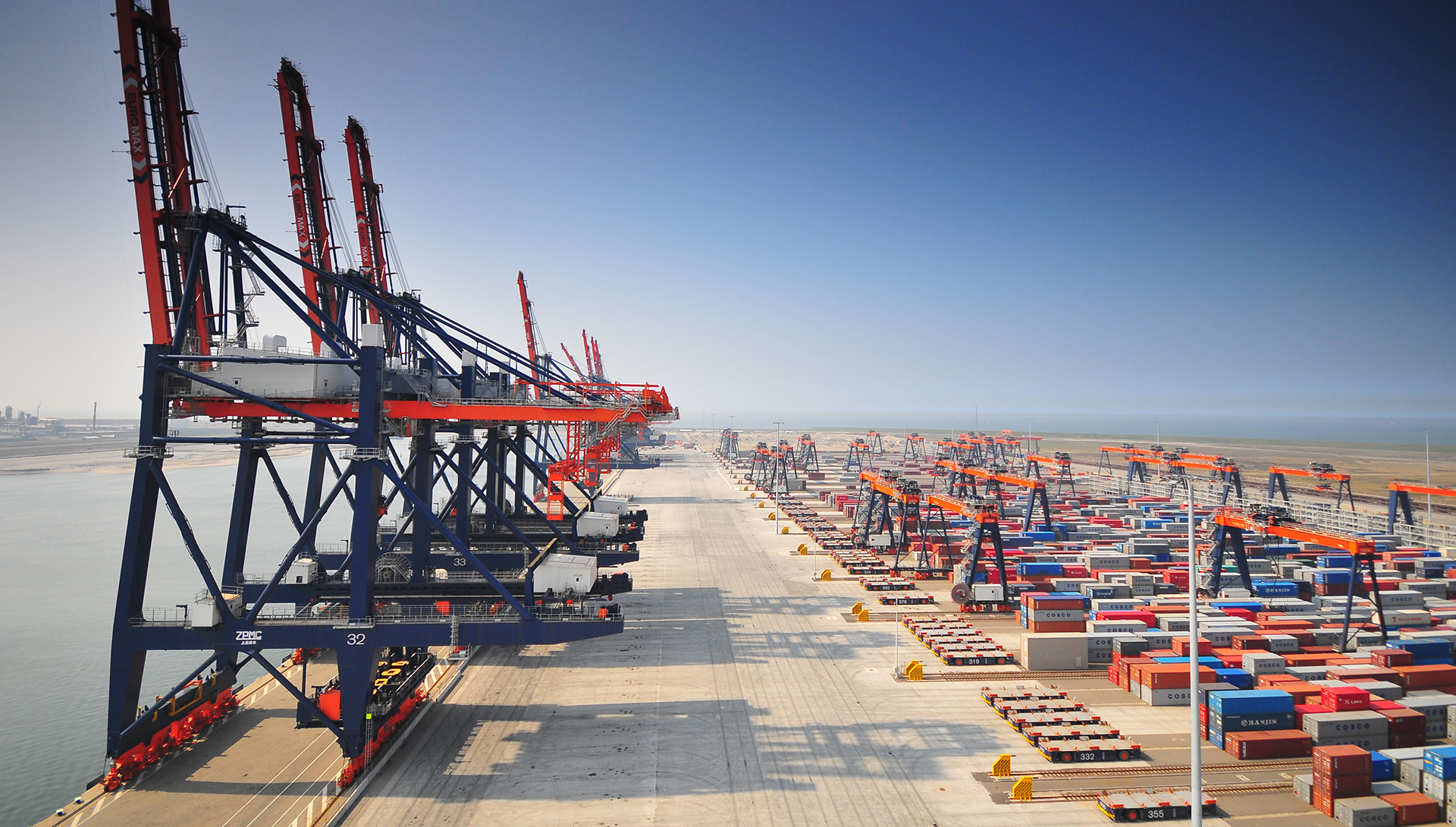Nautical and mooring studies
Many ports around the world are getting busier – and there are new ports being built constantly. They have to accommodate the demands of higher volumes of shipping traffic, bigger vessels and developmental requirements while maintaining a safe, efficient and profitable operation.

Royal HaskoningDHV can support port operators and developers to find solutions to these challenges by providing a comprehensive understanding of the nautical aspects and analysis of the behaviour of moored ships within a port.
Mooring - Dynamic Mooring Analysis (DMA)
We have a multi-disciplinary team of experts on hand dedicated to this integral part of port development and port operations. We can enable our clients to understand the behaviour of moored ships throughout several stages of a port’s operations, no matter the scale, including:
- The effects of high wind speeds on mooring safety for ships with large wind areas e.g., container vessels, car carriers, RoRo vessels and cruise vessels
- The effects of waves on the behaviour of moored ships in port basins, particularly where ports will be expanded towards the sea or where ships are moored to jetties that are more exposed to waves (commonly used in the Liquified Natural Gas (LNG) and cruise markets)
- The effects of passing vessels where berths will be located next to busier waterways
We use state-of-the-art practices so that cost-effective solutions can be found to ensure the safe mooring of ships and increase the efficiency of the berths. In addition, we can identify ways for our clients to reduce investments costs, for example in relation to the change of use or extension of the lifetime of existing assets or foreseen port expansions.
Smart mooring - Predictive Application for Mooring (PAM)
In 2019 Royal HaskoningDHV developed this Smart and predictive mooring software application on the basis of our core competence Dynamic Mooring Analysis (DMA). The Smart Mooring application will provide for safer mooring and more efficient vessel operations. We support your safe operational decision making, real time and predictive. Our aim is to contribute to your interactive and digital terminal/port handbook.Our Smart Mooring application will:
- Provide a terminal or port safety overview, thereby actively warning an operator for unsafe situations of moored vessels under their responsibility
- Make vessel operations safer and more productive by providing insight for decision makers and increase berth performance by redefining operational limits
- Give operators time to act by predicting mooring forces and ship motions days in advance by combining calculations and metocean / weather forecast
- Help collect relevant mooring data and provide the client the required analysis to increase berth/ terminal / port efficiency
Dynamic Mooring Analysis
Nautical
For any port or marine infrastructure project, there will be multiple nautical issues to be considered. Safe navigation is one of the key enablers of a pollution-free port environment, and safety starts with the awareness of the navigational hazards.With years of experience in nautical projects, we at Royal HaskoningDHV recognize that the risk of collision or grounding is very high in a confined port. A marine incident can lead to extended delays, environmental catastrophes and shutdowns causing disruption of supply chains and financial losses. That is why we have always focused on reducing the navigation risks by channel design, specifically suited to each project.
Our multi-disciplinary team of experts with over 300 years of combined experience in worldwide projects has been using specially designed tools to simulate the manoeuvring behaviour of vessels. With the most advanced software available today, optional port layouts are analysed to determine the optimum nautical layout for the project.
Navigation simulations verify whether vessel manoeuvres can be performed safely and efficiently, without the use of excessive engine or rudder, after considering the available navigational area and tug capabilities. The simulation results can be used to identify limiting operating conditions, and identify potential optimizations in track, channel width and/or vessel handling. Fast-time and real-time simulations can be carried out depending on the complexity of manoeuvres required in the approach and departure.
Our qualitative and quantitative risk assessments for new and existing marine and offshore projects provides a structured basis to identify hazards and to ensure that risks have been reduced to appropriate levels in a cost-effective manner. Further risk reduction is possible using aids to navigation, vessel traffic management systems and clear operating procedures. We have advised clients successfully in every type of port and across continents.



